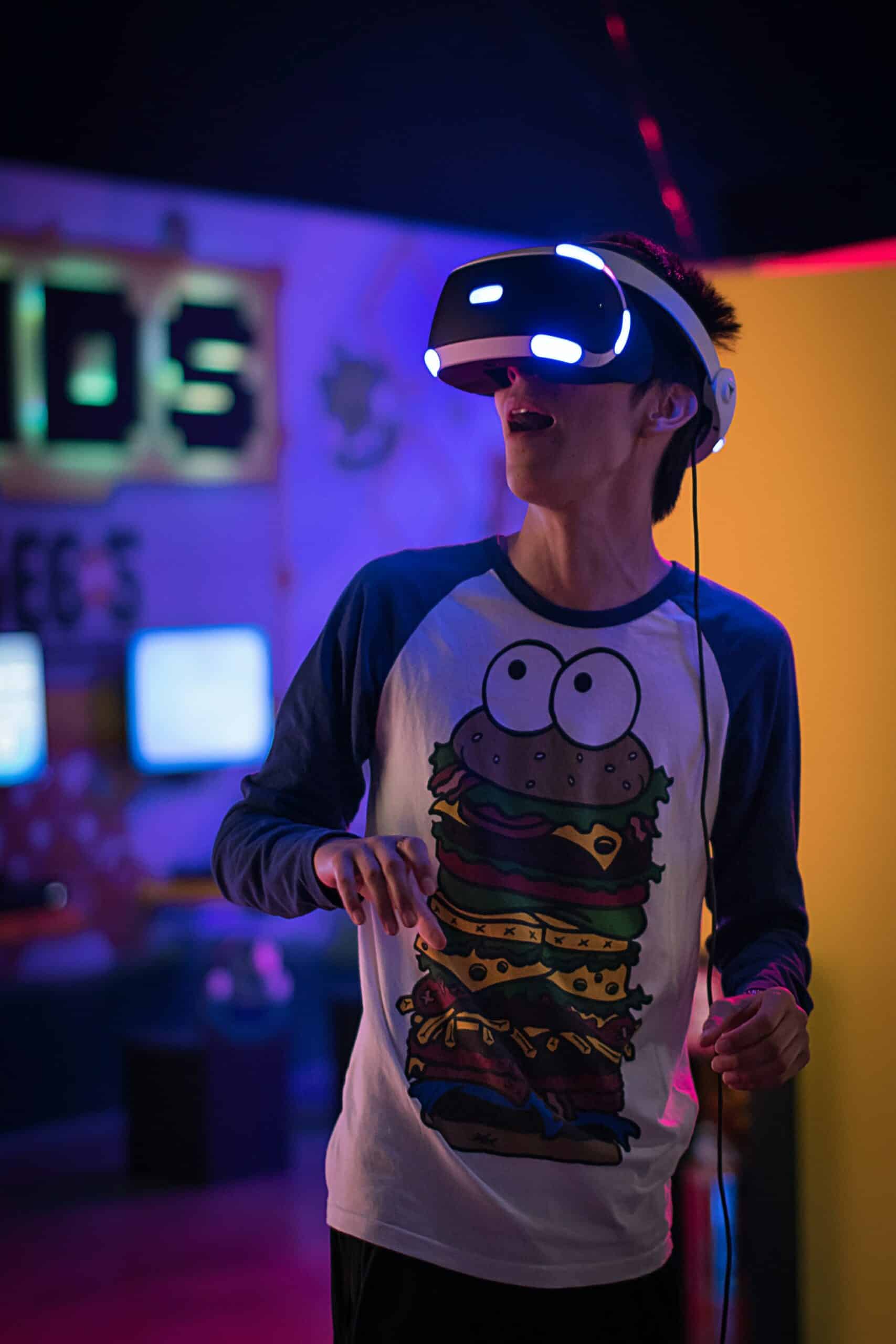You have probably heard the term a dozen times this year alone. The Metaverse, in it’s simplest form, is a world that lives in a digital space. Now that definition certainly will change over time as big companies try to create the metaverse and discover its limitations, as well as it’s faults. You actually already live in a partial metaverse as we speak. If you’ve ever used SnapChat or TikTok, you’ve lived in the metaverse for a period of time.
How?
A good example of the metaverse is when you hold your phone up at a building, and there’s a popup that appears that tells you some information such as building specs, a restaurant menu, or a fun animation overlaying the structure. Here’s an example in London by SnapChat.
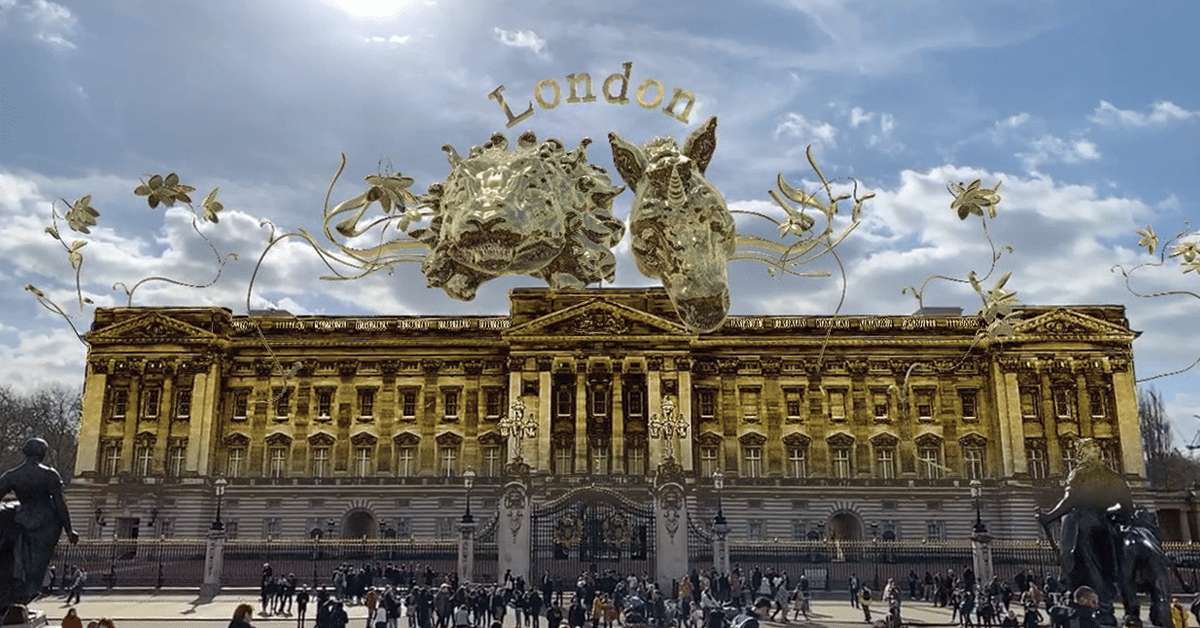
This is a prime example of one of the most fundamental aspects of the Metaverse, Augmented Reality (AR), or the ability to change the physical world. Now AR is not the Metaverse as a whole, but an important part of it. The ability to join the physical world and the digital world is what makes the Metaverse more realistic.
What the heck are AR and VR?
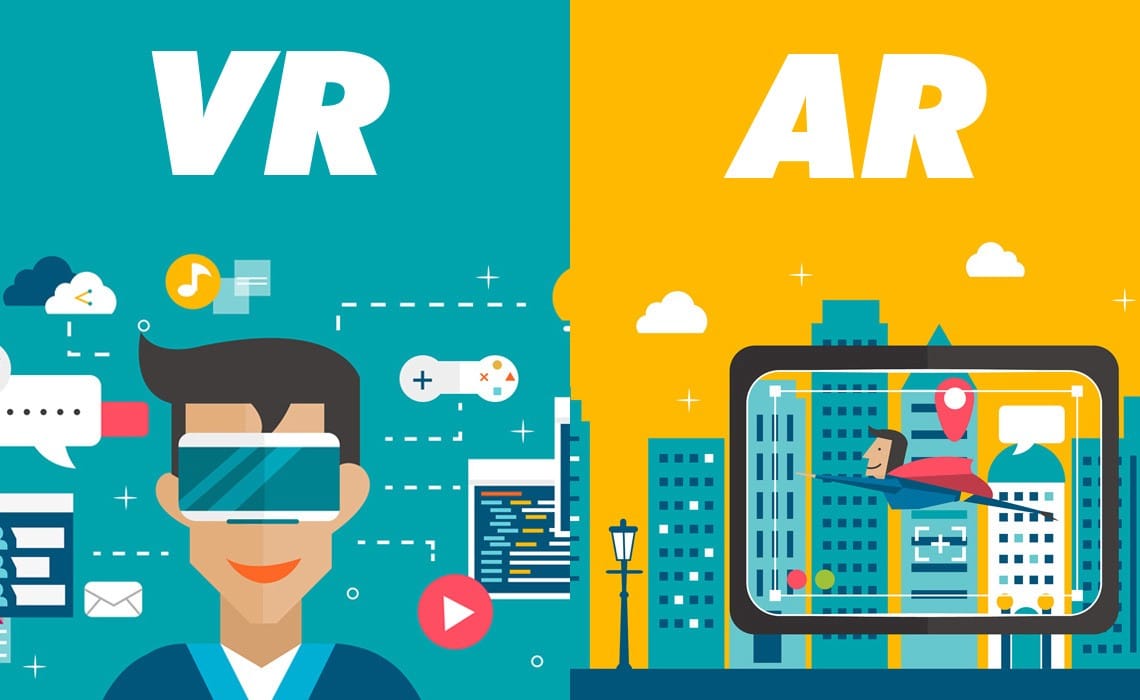
Well, you already know what AR is, but VR is where the Metaverse really shines. Virtual Reality (VR) is when you enter the true Metaverse, or a land where your physical being is able to run around and do everything digitally, all while sitting on your couch, or standing up in your living room. Covid helped to catapult this concept because you couldn’t leave your home, so companies like Facebook developed special worlds like Horizon Workspace so that you can pretend you are in the office and get actual work done with other people in the room.
What can my customers do in the Metaverse?
Simply put, at the moment not much for VR at the moment if you’re not a media conglomerate, since most of the resources needed involve very advanced creatives like 3D modeling and animations, just like creating a video game. That doesn’t mean you can’t create something like an AR experience. What does that look like? Filters are an example of AR, TikTok is probably the most advanced AR platform out there, and that’s a form of the metaverse.
One way your business can create a Metaverse experience is to create a mascot type experience for them to spread the love. Here’s an example my agency created for one of our clients. This encourages your customers to engage in your brand and share their experiences with your brand attached to it.
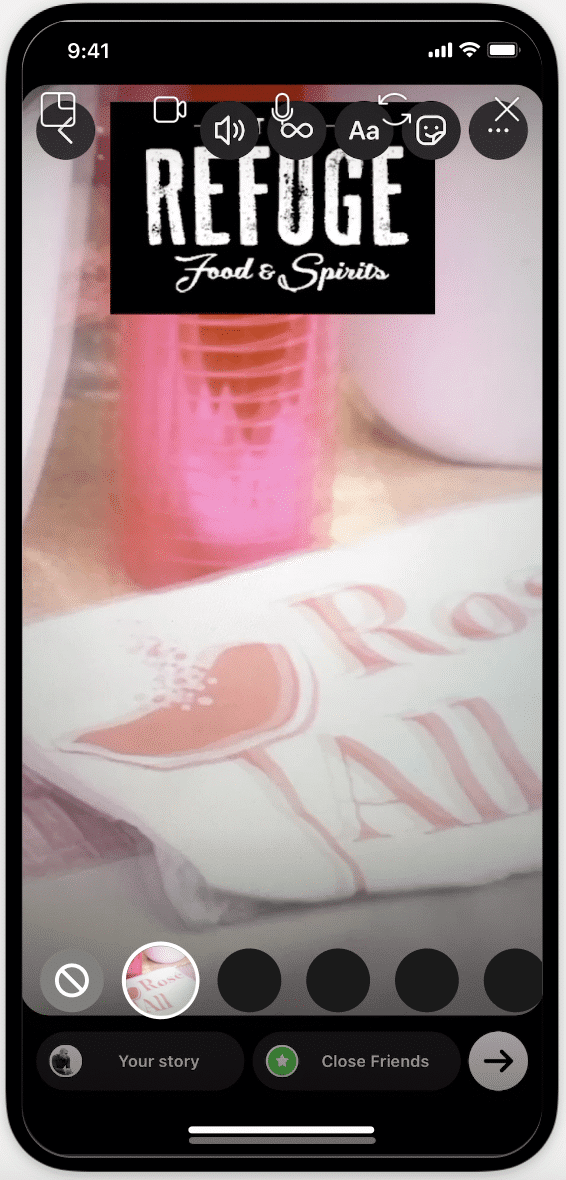
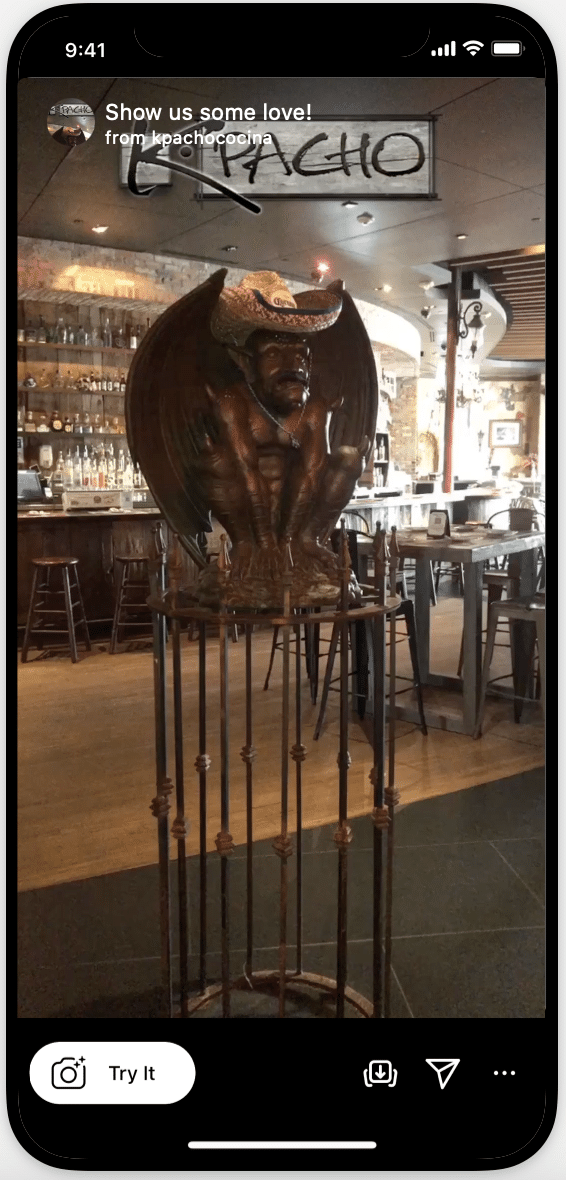
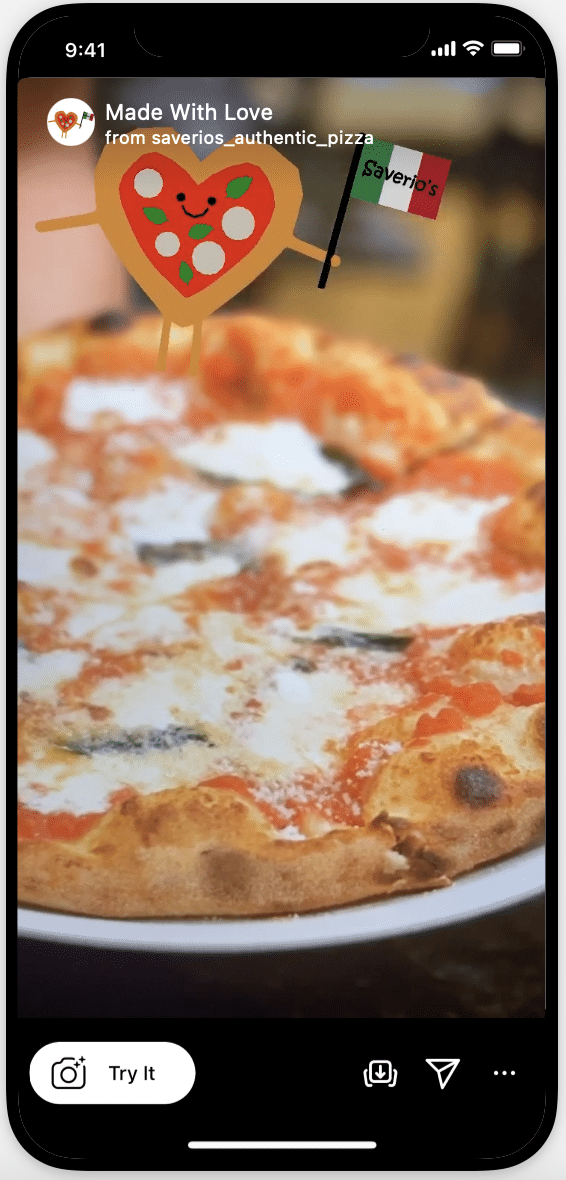
Something like the above example is not only affordable, but has a quick turnaround time and doesn’t involve advanced technical knowledge. If you can get a foothold inside of the AR capabilities of the Metaverse, then you build a foundation that will set you up for success when it’s time to build a full Metaverse experience.

